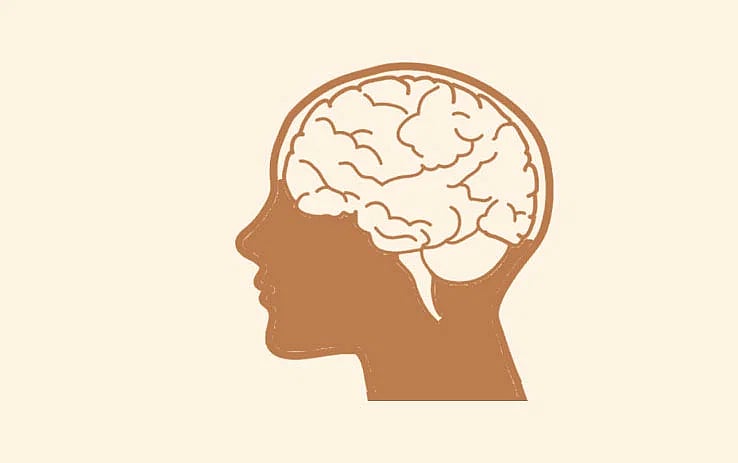Golam Bari, a man in his forties, is a resident of Sonatikari village in Kaliganj Upazila of Satkhira. He suffered a stroke and became paralysed around three years ago. A brain hemorrhage limited his ability to move and took him away from his lifetime workplace - the crop field. He is now struggling to make ends meet through a grocery shop.
While talking to Prothom Alo on 22 February, his wife said he had not been in a good state of mind since the marriage of their eldest daughter. Later, he suffered a stroke and became paralysed. They have no clear idea what led him to this physical ailment.
She further said it is not a rare case in the village, as there is another stroke patient in their neighborhood.
Bulbul Kabir, upazila health officer of Kaliganj, told Prothom Alo that the hospitals occasionally receive stroke patients, albeit not so frequently. They refer patients with critical health conditions to Satkhira Medical College Hospital.
There are discussions that the cases of high blood pressure, heart diseases, and strokes have been on the rise among the residents of the Khulna region, particularly in Khulna, Bagerhat, and Satkhira districts. The area is going through a scarcity of potable water as the local water sources, including rivers, canals, and ponds, teem with salinity beyond tolerable levels.
Frequent consumption of beyond-tolerable-level salts through food and water has seemingly increased the cases of high blood pressure, heart disease, and stroke. Despite such a concerning scenario, there is no specific research work on the issue.
According to a study conducted by the Institute of Advanced Research at the United International University (UIU), the Khulna Division registers the highest number of strokes among the seven divisions of the country, excluding the Mymensingh division.
Within the Khulna division, three districts - Khulna, Satkhira, and Bagerhat - experience a disproportionately high number of stroke cases.
The health directorate’s Management Information System (MIS) also revealed an identical scenario for the Khulna division. In 2023, a total of 20,661 people died of stroke in government hospitals, with the Khulna division recording the highest death count of 0.17 in every 1000 population. Dhaka secured the second place, with the death count of 0.16, while Chattogram saw the lowest death count from stroke at 0.06 in the year.
Khandkar A Mamun, a professor and member of the UIU research team, said they learned from their research that the incidence of stroke is comparatively higher among the residents of the Khulna area.
“Now, it is necessary to inquire why the rate of stroke is higher in this region. It should be studied if there is a link between the existence of increased salt in soil, water, and food and the high number of strokes. If a link is found, healthcare strategies should be designed accordingly,” he added.
Strokes take place due to two main reasons - cerebral hemorrhages or blood vessel blockages.
What the research reveals
The study, funded by the 'Samriddhi' programme of the Palli Karma-Sahayak Foundation (PKSF), collected socioeconomic information and ailment history from more than 1.3 million people - aged 18 or above - across the country.
Under the union-level study, the researchers gathered data from people between July 2018 and June 2021. A meticulous review of the data revealed that there were a total of 1,436 stroke patients among the participants. In general, there are 1.07 stroke patients among each 1,000 elders.
The exposure to stroke is higher among men than women. The stroke rate is 1.29 per cent among men, while it is 0.83 per cent among women.
A division-wise analysis showed that the highest stroke rate prevails in Khulna, with 1.77 stroke patients among each 1,000 people. On the flip side, Rangpur registered the lowest number of stroke cases, with only 0.62 patients among each 1,000 people.
Public health expert Be-Nazir Ahmed underscored the research’s significance in shaping future healthcare policies, as it revealed some specific information and raised some questions as well.
Urging for further investigations, he stressed the need for targeted programmes to mitigate the stroke cases in the area.
